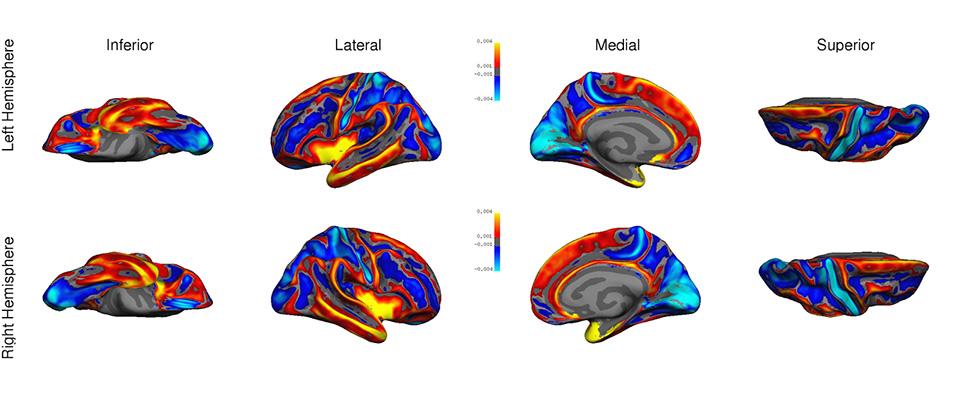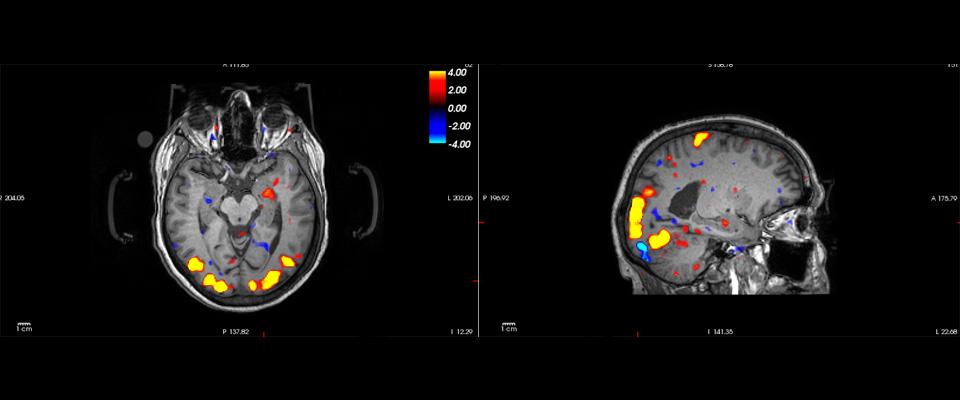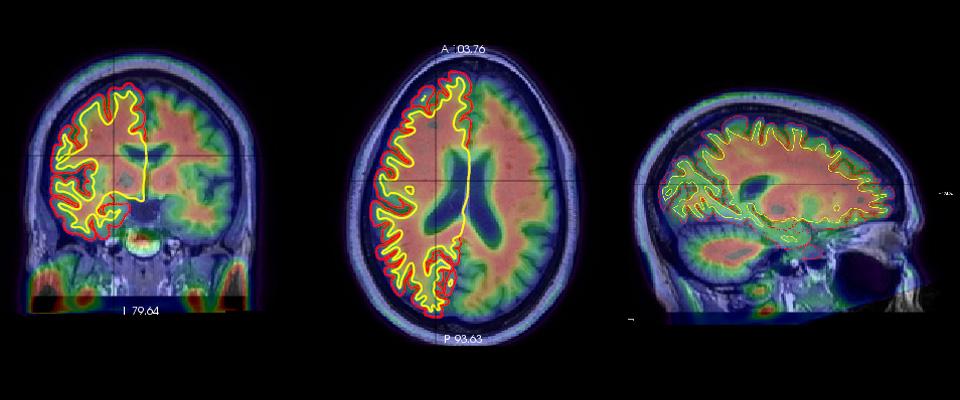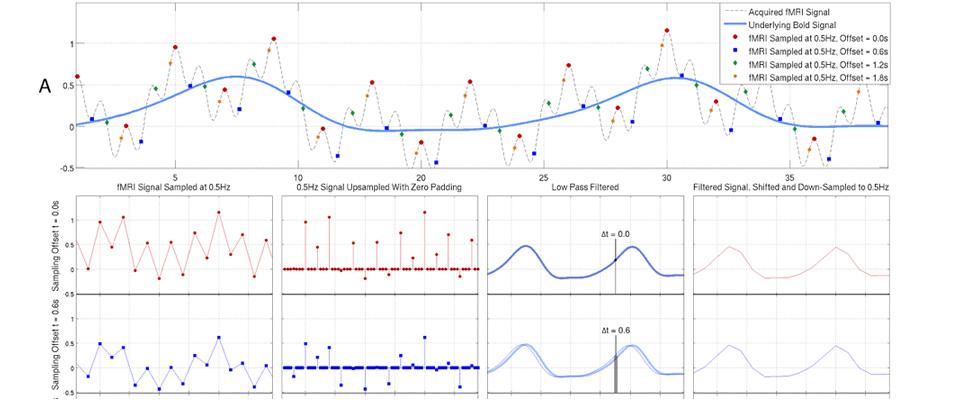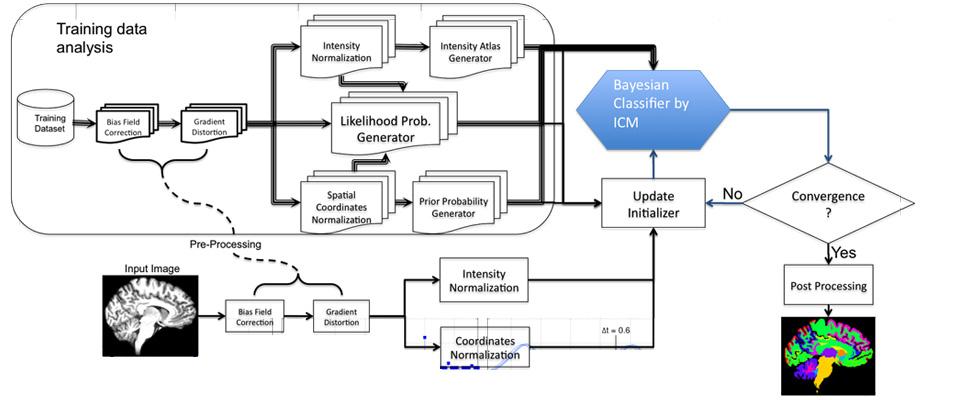Welcome
The Quantitative Neuroimaging Laboratory (QNL) is an engineering-based research lab housed in the Brain Health Imaging Institute of the Weill Cornell Medicine Radiology Department. The main focus of the QNL is to investigate the neural and neurophysiological mechanisms underpinning negative BOLD response (NBR) in fMRI signal. We also utilize NBR as a new tool to study structure/dynamic of the brain’s large scale networks/subsystems. To achieve this goal we develop techniques to quantify structural and functional brain images which allow us to detect brain-based effects that are normally beyond the sensitivity and specificity of commonly-used detection methods in the field. We aim to achieve this goal by utilizing state-of-the-art signal and image processing tools as well as mathematical and statistical method.
Most people say that it is the intellect which makes a great scientist. They are wrong: it is character
- Albert Einstein
The Lab Team

Here in the QNL we aim to bring together a wide range of exceptional researchers from diverse scientific and engineering backgrounds. Our team shares a common aim to improve and optimize the quantification process of neuroimaging data. People in the QNL work together as a unified team, where every member’s ideas are valued equally. For information about any of our ongoing research projects, or if you would like to become a member of our team, please contact Dr. Razlighi.
Our Research
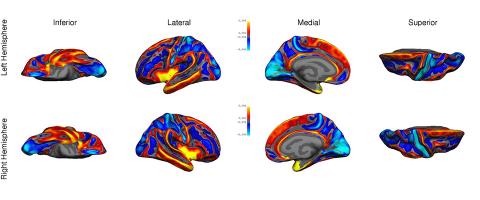
This project introduces the hierarchical structure in the brain’s large-scale networks. We started this project first by using negative BOLD response as a new tools to examine hierarchical structure of the Default mode network. We are currently investigating the hierarchical structure of the visual networks in the brain. The ultimate goal is to show that the functional connectivity networks are representative of lower-level neurophysiological processes which might not be directly related to task performance. Instead, they provide the required infrastructure for the task-based co-activation networks.


